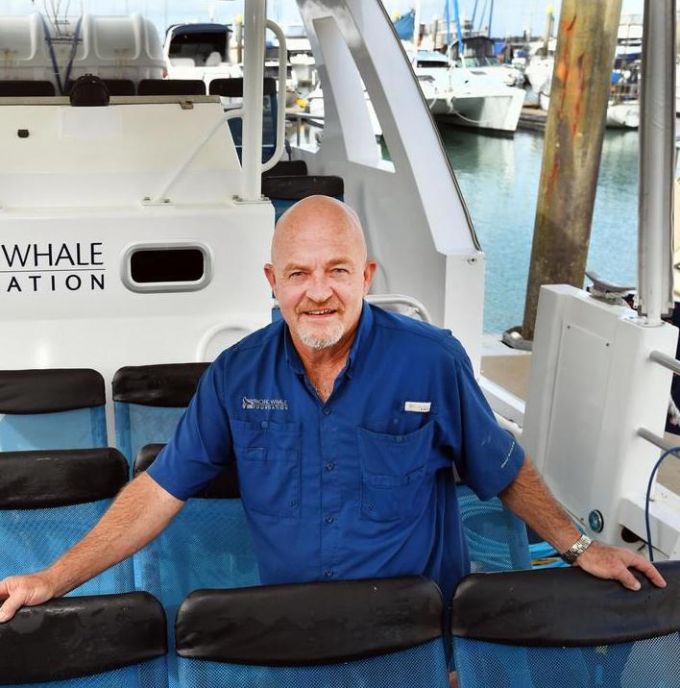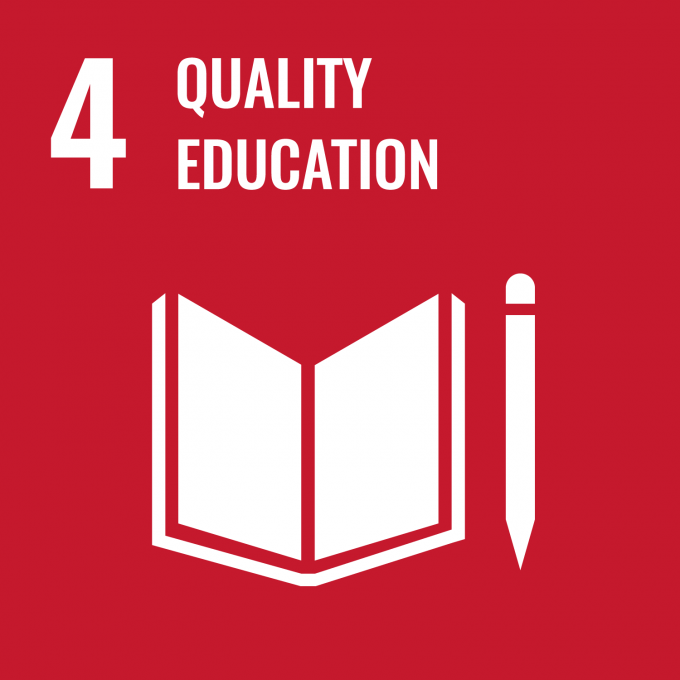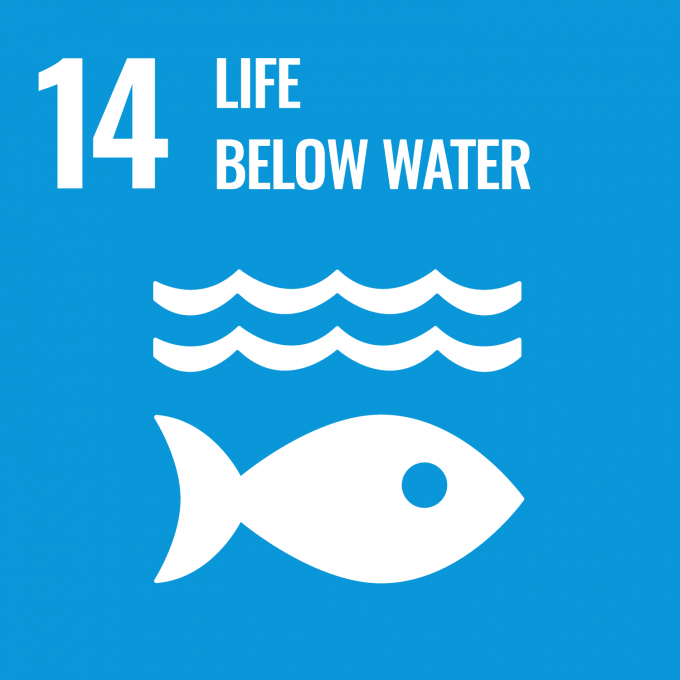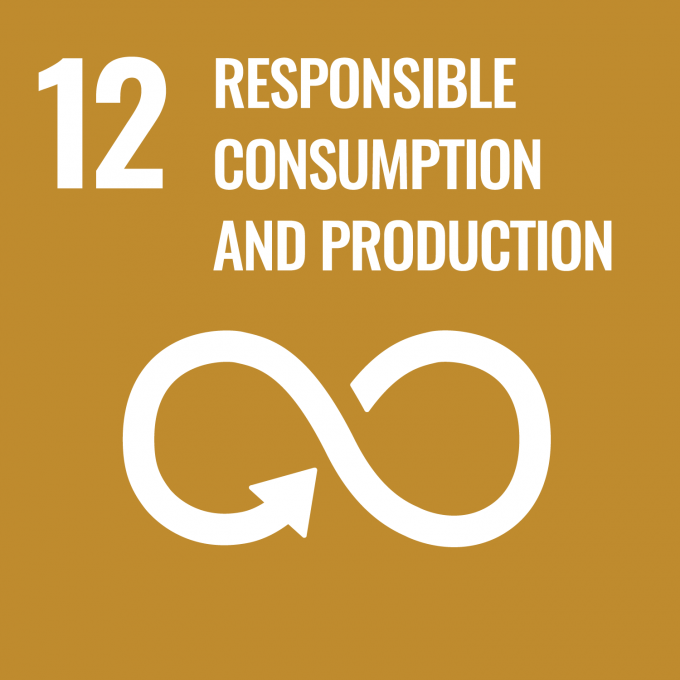Itinerary
Tour day-by-day
-

Ultimate Hervey Bay Whale Watching
Starting at the Great Sandy Straits Marina, you will board the custom-built Ocean Defender; a low profile rigid inflatable boat with a capacity of 38 passengers that ensures you will benefit from unobstructed 360-degree views at eye level with the whales, with forward facing seats and plenty of shade.
The relatively small area of Platypus Bay, combined with the popularity of the region for whales to rest, play and interact, means it is often not long after leaving the marina in our speedy vessel, before we spot these majestic creatures.
Over 30% of the 21,000 Humpbacks Whales that migrate down Australia’s eastern coast rest in the tranquil waters of Hervey Bay between July and October, with breeding pairs migrating ahead of mothers and calves, all part of the annual migration to and from the Southern Ocean.
Your crew, all trained in marine sciences, will interpret the amazing Humpback Whale behaviours including breaches, tail slaps, fluke-up dives, spy hopping and muggings; a common practice in Hervey Bay when the Humpback Whale approaches and stays close to the vessel for an extended period of time.
 “Humpbacks are the most surface active of all the great whales, and there’s really no better place to watch them than in Hervey Bay. Everyone wants to see the big breach, although no one really knows why Humpbacks do it. One theory is that they jump out of the water to dislodge all the sea lice and parasites that attach themselves to their bodies. Another theory is that they breach to see a headland, as they rely totally on sight and sound to get around.”
“Humpbacks are the most surface active of all the great whales, and there’s really no better place to watch them than in Hervey Bay. Everyone wants to see the big breach, although no one really knows why Humpbacks do it. One theory is that they jump out of the water to dislodge all the sea lice and parasites that attach themselves to their bodies. Another theory is that they breach to see a headland, as they rely totally on sight and sound to get around.”Andrew Ellis - Director & Skipper
You will have the incredible opportunity to listen to ethereal whale songs, using the underwater hydrophones equipped with the vessel. There are also fun and educational activities led by our Marine Naturalists on board, to help inspire the next generation of environmental stewards. Free snacks and soft drinks are included as part of your ticket, plus a full colour commemorative Whalewatch Guide developed by the Research Department at Pacific Whale Foundation.
-

Tour details
Pricing: $119 AUD per person (adult), $89 (children aged 6-14 years)
Group Size: We have only a maximum of 38 passengers on board
Departure Point: Check in at Shop 1, Great Sandy Straits Marina, Urangan Hervey Bay.
Departure Times: 7:00am, 11:00am & 2:30pm - Please ensure you arrive at the departure point 30 minutes before the scheduled departure time so we can board all passengers and depart on time. Cruise duration is approximately 3 hours.How you'll be making a positive impact
We have aligned our sustainability vision with the United Nation’s Sustainable Development Goals (SDGs). Creating the Largest Humpback Database in Australia
Creating the Largest Humpback Database in Australia
Pacific Whale Foundation’s research in Australia began in Hervey Bay in 1984 when founder, Greg Kaufman, visited South East Queensland as part of a documentary film project. Greg and his team quickly determined the area was a critical resting place for Humpback Whale mothers and calves heading back to their feeding grounds in the Antarctic and set about a long-term study focussing on these majestic mammals.
 Whale & Dolphin Tracker Program
Whale & Dolphin Tracker Program
Photo identification programs have been the backbone of marine mammal studies for decades, allowing researchers to identify individuals by comparing photos in existing catalogues. Photo-identification serves as a non-invasive way to gather information on the life histories of whales, including approximate age and migratory movements.
 Tracking Marine Debris across Hervey Bay
Tracking Marine Debris across Hervey Bay
Marine debris is defined as any human-created waste that has entered the marine environment. Concerningly, most of the debris from land-based sources is composed of plastics and other materials that resist natural degradation.
 Be Whale Aware and Be Dolphin Wise
Be Whale Aware and Be Dolphin Wise
Pacific Whale Foundation Eco-Adventures Australia has developed a series of best practice factsheets for ocean users and boaters who wish to view whales and dolphins. The “Be Whale Aware” and “Be Dolphin Wise” guidelines are designed to educate seagoers that their presence can affect marine wildlife and habitat.
 Dedicated School & Education Program
Dedicated School & Education Program
Pacific Whale Foundation Eco-Adventures Australia use profits from cruises to provide marine education for children, and support ocean conservation programs in Australia and around the world.
 Reuse, Refuse and Rethink Campaign
Reuse, Refuse and Rethink Campaign
Pacific Whale Foundation’s RETHINK campaign champions alternatives to everyday single-use plastics in an effort to save marine life. Plastic never truly biodegrades, breaking up into smaller pieces that remain in our environment. As plastic breaks into tiny pieces, it’s ingested by marine organisms and permeates the food chain.
Media Gallery
-

East Coast Family Adventures
From $3,620 USD
12 days/11 nights
Available months: March to October.
-

Hervey Bay Nature Cruise
From $47 USD
2 hours
Available months: January to May, December to December.
-

Ultimate Whale Watching & Wildlife of the East
From $6,620 USD
13 days/12 nights
Available months: July to October.















